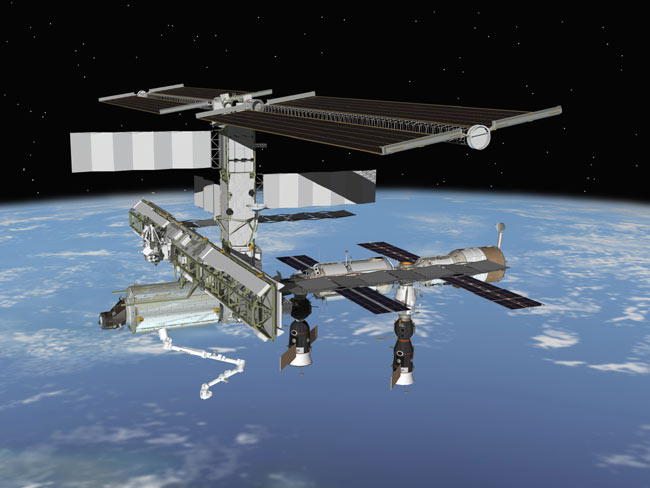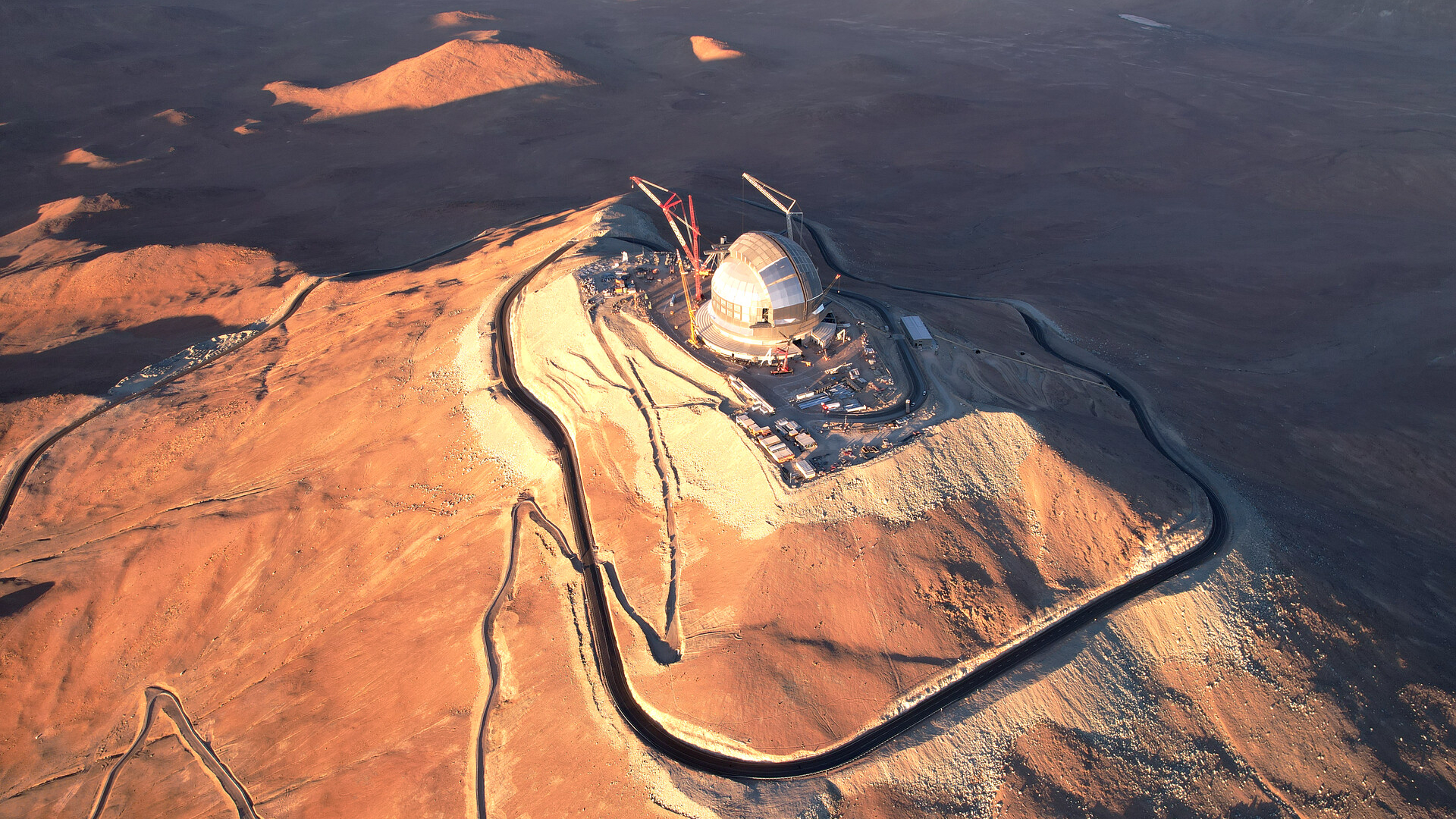Russian Spacecraft Vital to Boost ISS Crew Size

NASA andits international partners plan to increase space station crews up to sixastronauts by no later than April 2009, banking on 16 U.S. shuttle flights and extraRussian Soyuz and cargo ships, the agency's station program chief said Friday.
Michael Suffredini,NASA program manager for the International Space Station (ISS), said the U.S. agencyis drawing up plans with Russia's Federal Space Agency for two additional Soyuzflights - and possibly an extra unmanned Progress vehicle - per year to supportsix-astronaut crews in 2009.
"Thiscontract I expect to sign before the end of the year," Suffredini said in ateleconference with reporters. "The whole discussion of the six-person crew, now that we've got the[assembly] sequence in place, became our priority."
OnThursday, NASA chief Michael Griffin and his space agency counterparts fromRussia, Europe, Canada and Japan announced plansto complete the ISS by 2010 - when NASA three remaining space shuttles are setto retire. That plan includes16 ISS-bound shuttle flights and earlier launches for Europe's Columbusmodule and the JapaneseExperiment Module (JEM).
Two additional "contingency missions" padding NASA's shuttle manifest, aimed at delivering spares and other logistics to the space station, will likely not be needed, Suffredini said.
"Today I would tell you that I have a pretty high degree of confidence that we may not need this flights," he said, adding that they could be performed should they become necessary in the future.
Larger crews
Breaking space news, the latest updates on rocket launches, skywatching events and more!
ISS crews,once set at three astronauts per mission pending its construction, have beenlimited to two-person teams following the drop in NASA shuttle visits after the2003 Columbia accident. Theshuttle Discovery returned to the ISS in July 2005 during NASA's STS-114 return to flight mission.
A secondtest flight, STS-121also aboard Discovery, is slatedto launch no earlier than May 10, NASA officials have said. That flight, commandedby astronaut veteran StevenLindsey, is expected to return the ISS to a three-person crew when itferries European astronaut ThomasReiter to the orbital complex.
The nextshuttle flight dedicated to ISS assembly, STS-115 carrying a new truss segmentand solar arrays to the station, is slated to launch aboard the Atlantisorbiter no earlier than Aug. 28. However, the next Russian-built Soyuz vehicleto ferry humans to the ISS is scheduled to launch spaceward on March 29 ESTwith the station's Expedition13 crew.
Russia'sSoyuz and Progress spacecraft have proved a vital lifeline for the ISS, ensuringnew crews and supplies reached the station as NASA recovered from the Columbiaaccident. During that time, about two Soyuz vehicles ferried astronauts to theISS each year, with four Progress vehicles arriving with supplies.
"Prior toColumbia, we rotated almost all the crews with the shuttle," Suffredini said.
But thelarger, six-person expeditions will likely be a mix, with at least one U.S. orNASA partner astronaut riding shuttles into orbit while other station membersarrive by Soyuz, he said, adding that flight schedules, the number of Russianvehicles needed and rotation details still remain to be determined.
Last month,NASA struck a $21.8 million-per-passenger deal with Russia's Federal SpaceAgency which secures Soyuz seats to return U.S. astronaut and ISS Expedition12 commander Bill McArthur to Earth and launch Expedition 13 flightengineer Jeffery Williams to the station.
Suffredinisaid that only two future ISS-bound Soyuz flights will not have a U.S. seatavailable, and that not every shuttle to the station will carry a newcrewmember.
"We'llrotate about one person on the average on a shuttle, and we won't rotate onevery shuttle," Suffredini said. "We'll rotate as we need to to make the crews lineup right."

Tariq is the award-winning Editor-in-Chief of Space.com and joined the team in 2001. He covers human spaceflight, as well as skywatching and entertainment. He became Space.com's Editor-in-Chief in 2019. Before joining Space.com, Tariq was a staff reporter for The Los Angeles Times covering education and city beats in La Habra, Fullerton and Huntington Beach. He's a recipient of the 2022 Harry Kolcum Award for excellence in space reporting and the 2025 Space Pioneer Award from the National Space Society. He is an Eagle Scout and Space Camp alum with journalism degrees from the USC and NYU. You can find Tariq at Space.com and as the co-host to the This Week In Space podcast on the TWiT network. To see his latest project, you can follow Tariq on Twitter @tariqjmalik.
